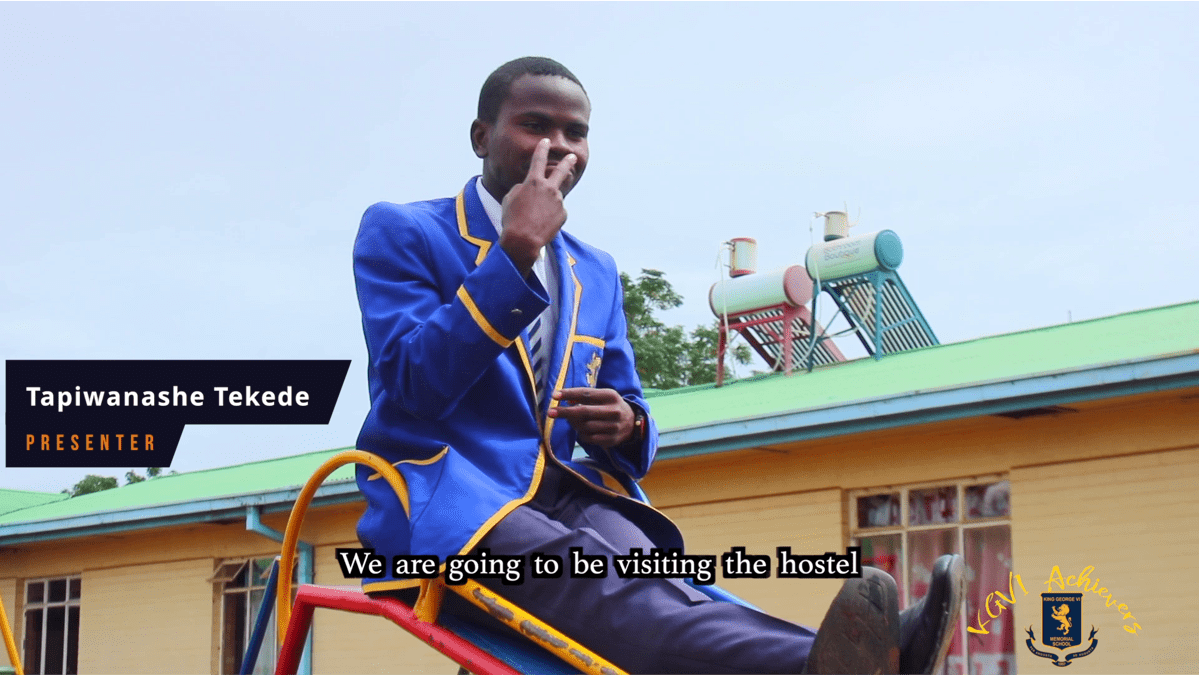First Webinar round-up: Reporting Disability 101 – by Kathryn Cleary
On the 20th of May, in the first of our exciting three-part HJN webinar series on disability reporting, we hosted Jackie Lidubwi, Internews Inclusive Media Project Manager based in Kenya, plus special guests Precious Ncube and Samantha Nyereyemhuka, Disability Advocacy Officers from King George VI Centre, Bulawayo, Zimbabwe. The Centre has been operating for over 60 years with children with special needs from all over Zimbabwe, offering rehabilitation, education, independent living, counselling and advocacy. It is also the only secondary education facility for deaf and disabled children in the country.

Lidubwi shared important insights into the way media around the world reports on disability, and Ncube and Nyereyemhuka spoke about their work at the Centre and about their local media’s shortcomings when reporting on disability.
Understanding disability
“If we understand disability, that will help us to report on disability issues,” says Lidubwi.
People with disabilities are the largest minority in the world with over one billion people, according to numbers reported by the World Health Organization in 2011. An estimated 60 to 80 million of these people live in Africa, adds Lidubwi, where poverty and limited access to healthcare services are widespread issues. Disability and poverty are an example of course and consequence, she explains.
“Disability can cause poverty and poverty can cause disability. If you have three children with disabilities how will you go to work? Parents end up losing work and that could lead to poverty. When you come from a poor background you cannot afford good healthcare, some disabilities can be prevented, [like] poor nutrition in children, [so] disability and poverty are course and consequence,” says Lidubwi.
Media and disability
Only a small percentage of media reports are on people with disabilities and often the media’s portrayals of persons with disabilities are not favorable, says Lidubwi.
In Zimbabwe, Ncube says that the local media tends to present persons with disability in very stereotypical ways, and this remains prevalent. The reporting also focuses on the material needs of persons with disability as matters of charity, rather than persons trying to exercise their economic rights. “Poor representation is also compounded by the economic situation in the country,” she adds, and that access to information and platforms by persons with disabilities as both disseminators and audience, remains limited.

“It’s good for a person with a disability to speak for themselves,” says Ncube.
As part of the Centre’s advocacy work, they’ve organised trainings with public service members like police and healthcare workers on how best to work with persons with disability. “One of the things we ask them is to look at me, the person with the disability first, then talk to my assistant. I am the one who needs help or assistance from them, they should not ask the next person who is with me, but ask me,” says Nyereyemhuka.
The Centre has also taught basic sign language. “Through our sign language program we’ve been able to train a lot of police officers and healthcare workers because you will find that everyone needs their privacy. The cry by deaf people is that it’s not fair for them to consult a doctor with someone by [their] side, then there is no privacy. [Through] this training, the nurses are able to assist their patients when they come if they are deaf” says Ncube.

Jackie’s tips for reporting on disability 101:
- Person first language: a person is not a condition or a disease, use descriptive words and portray people in a positive light.
- Human rights-based approach to reporting on disability: empowering and ensuring active participation by persons with disability.
- Focus on the person and not the impairment: focus on the individual and not their functional or physical limitations.
- Emphasize ability, not disability: avoid emotional words, never refer to people with disabilities as “disabled.”
- Show persons with disabilities as an active member of society. “In the media, let us not see them as only talking about their disability, let’s have people with disabilities talking about education, talking about policy, the environment, let’s incorporate people with disabilities in our stories. Let’s have a person with a disability also giving a voice in the story,” says Lidubwi.
- Allow people with disabilities to speak for themselves: talk directly with the person with disability first rather than speaking straight to the assistant or aid.
- Don’t overemphasize disabled heroes, and
- Avoid words with negative connotations (victim, afflicted, wheelchair-bound, crippled, invalid.)
“We ought to learn the right language and terminology,” emphasizes Lidubuw. “We need to learn about disability more so that the representation on the right and the left can be the same. Include persons with disabilities in the media [so that] we can have positive portrayals of them in the media and society. In the end we will include persons with disability in society more because disability rights [are] human rights.”